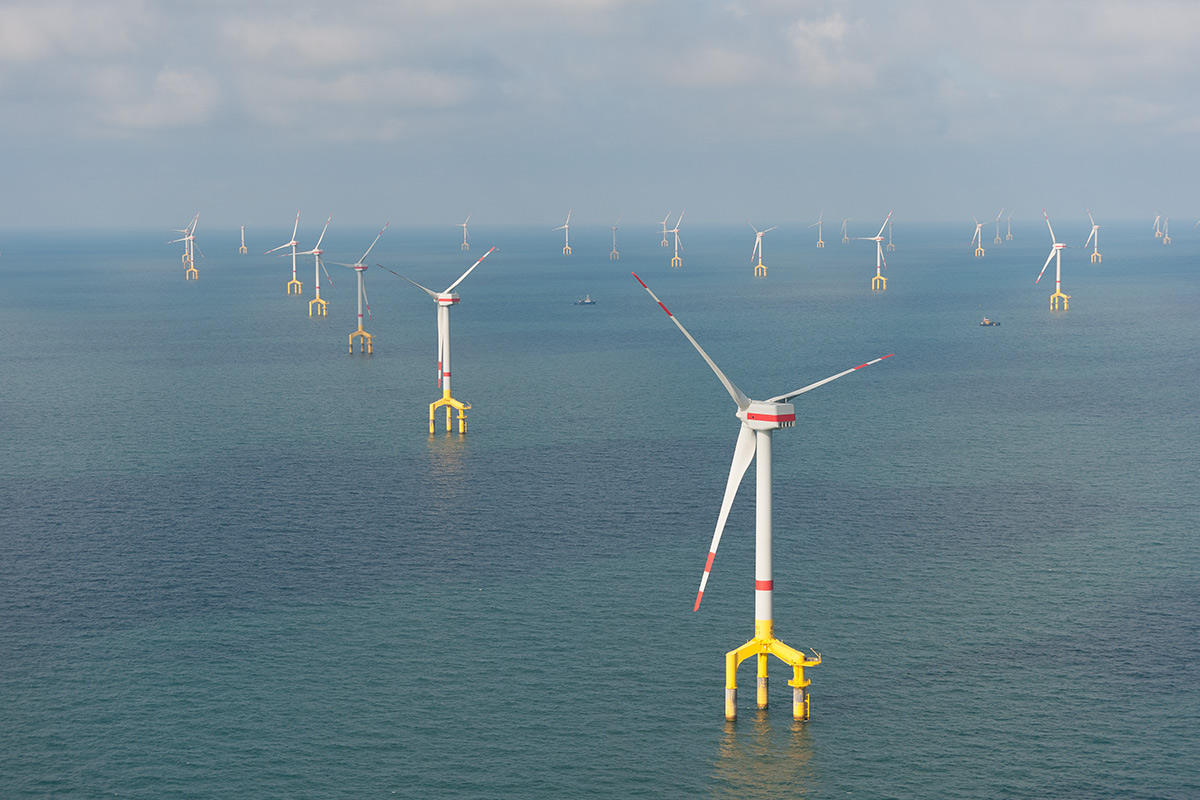News
Governments and industry are ready to build hybrid offshore wind farms but the EU needs to remove bottlenecks

© Tennet
16 September 2020
On 15 September WindEurope participated in an event organised by Dutch-German TSO TenneT on Europe’s Offshore Wind Vision – with Ministers and top officials from Germany, the Netherlands and Denmark and CEOs of many of Europe’s TSOs.
Much of the discussion focused on hybrid offshore wind projects – wind farms that have a grid connection to more than one country. All the participants agreed these are central to the European Commission’s vision of Europe having up 450 GW offshore wind in 2050. They save money and space and improve energy flows across Europe.
The European wind industry believe hybrid projects should account for 100-150 GW of the total 450 GW of offshore wind by 2050. TenneT are planning to develop a North Sea Power Hub as a cluster of hybrid projects. Denmark envisage hybrid projects around 2 islands, one in the North Sea and one in the Baltic, which they wish to develop by 2030.
The EU should facilitate these projects. There needs to be an enabling framework which clarifies the market arrangements for hybrid projects and at the same time incentivises wind farm developers to invest in them.
If the revenue perspective is unclear, the industry won’t want to build hybrid projects, and hybrids won’t happen.
One option for hybrids may be for them to have their own stand-alone bidding zones. But this would require a fairer distribution of TSO congestion revenues to wind farm owners in order to give them the revenue perspective needed for investment.
Such a model may require changes to regulation. These would take some time to agree. So the sensible thing would be to apply transitional arrangements for those hybrid projects that the industry want to start taking forward now. Europe must avoid a delay in developing these projects while we wait for clarity on the rules.
WindEurope CEO Giles Dickson said: “Hybrid cross-border offshore wind farms, with connections to more than one country, will be a big part of offshore wind. They save money and space and improve energy flows across Europe. The EU needs to create a framework ASAP that will allow Europe to start developing these projects.”

